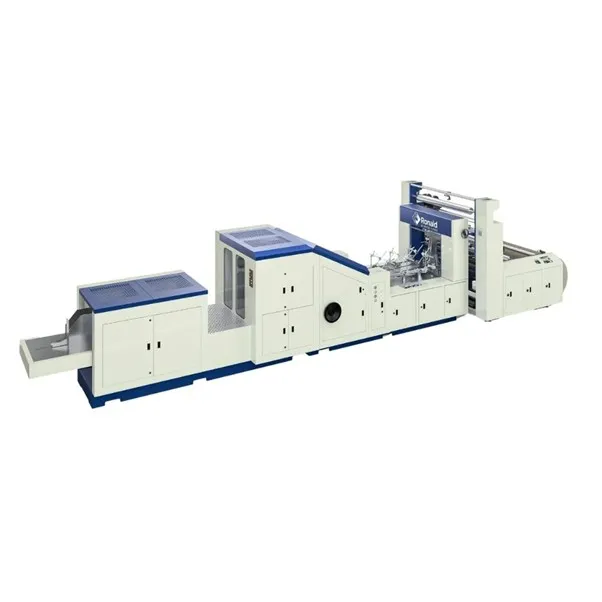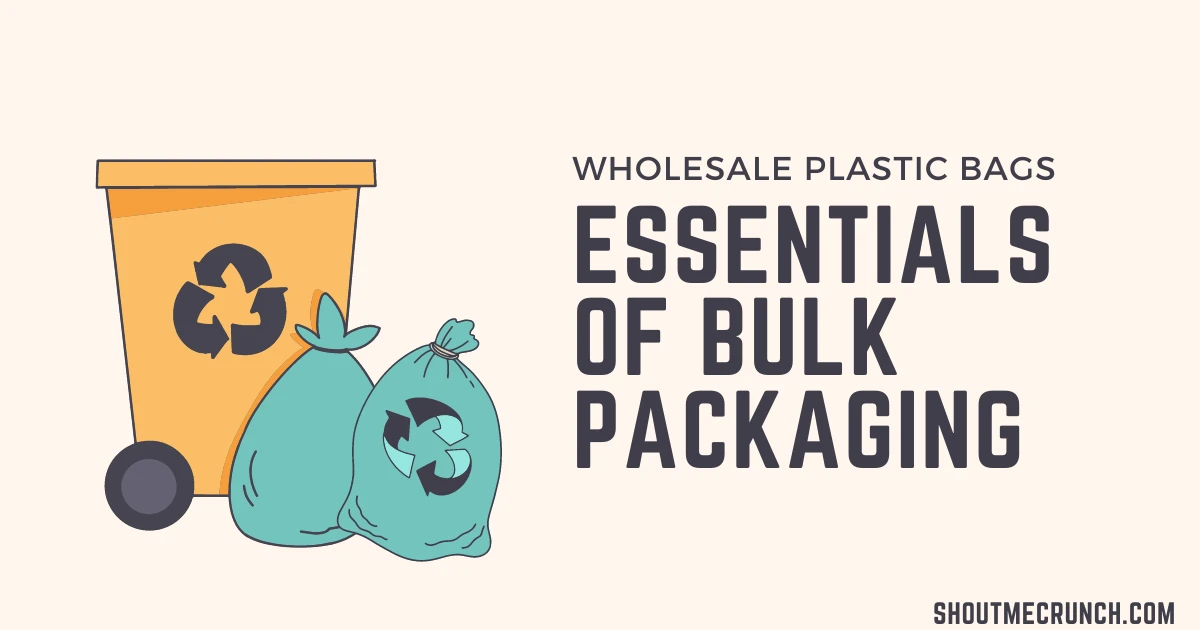My initial take on the “automatic counting” was good, but it was just the tip of the iceberg. Turns out, it’s not just a simple light beam. We’re talking about a whole system. Imagine a tiny factory manager inside the machine.
Contents
High-performance DSP (Digital Signal Processor)
This “manager” is using something called a high-performance DSP (Digital Signal Processor). Sounds fancy, I know. But all that means is it’s a super fast, specialized computer chip. It’s not just counting; it’s seeing. It uses photoelectric sensors that scan the paper bags as they come out. It’s so fast that it can detect the edges of each bag, even if they’re moving at ludicrous speeds. Ronald India will fulfill this need effectively by providing the paper bag machine, which is automatic in counting an advanced solution.
But what if a bag gets crinkled? Or two stick together? Ah, a great question, and one the machine’s “manager” has already thought of. This is where the magic really happens.
- Double-Feed Detection: The machine’s software is constantly checking for thickness. If the optical sensors and pressure plates detect a combined thickness of two bags, it flags the issue. No miscounts, no fudged bundles.
- Quality Control: It’s not just counting. The vision system can also be trained to spot flaws—a tear, a glue smear, a crooked fold. If a bag is imperfect, the machine knows. It doesn’t count it, and an automated arm (or maybe a little puff of air, who knows?) kicks it to the reject bin. That’s next-level stuff, right there.
This isn’t just about speed; it’s about a new level of quality control that a human eye, no matter how trained, just can’t keep up with after a long shift.
Read also Why Ronald India’s Paper Bag Tech Leads
The Numbers Don’t Lie: A Look at the Savings
Okay, so we’ve established the tech is cool. But what about the money? Because let’s be real, a business runs on more than just a good vibe. It runs on profits.
I cooked up a little scenario. Let’s say you’re a mid-sized bakery. You currently have a few people counting and bundling bags. We’ll call this “The Old Way.”
Manual Counting vs. Automated Production: A Financial Snapshot
| Factor | Manual Production | Ronald India Machine |
| Bags Per Hour | ~500 (with human breaks and errors) | ~5,000+ (depending on the model) |
| Annual Labor Cost | $40,000 per employee x 3 employees = $120,000 | $40,000 for one machine operator |
| Annual Miscount/Rejection Cost | $10,000 (from returns, wasted bags, and customer complaints) | < $1,000 (from near-perfect accuracy) |
| Energy Consumption | Minimal, but the overall process is slow | High-speed motors, but highly optimized |
Note: Figures are fictional and for illustrative purposes only. My blogger brain made them up.
What does this all mean? The savings on labor alone are massive. You’re not just replacing two people; you’re freeing them up to do other, more valuable things. Maybe they can focus on new product development or customer outreach. That’s how you grow a business.
And let’s talk about energy for a second. The article mentioned energy efficiency, but what does that even look like?
Read also The Ultimate Guide to Packaging – Don’t Miss These Tips!
Energy Consumption Comparison (Per 1,000 Bags)
- Older Machines (Pre-2015): 2.5 kWh
- Modern Competitor: 1.8 kWh
- Ronald India Machine: 1.2 kWh
Look, I’m no power grid engineer, but that’s a significant difference. It’s like switching from a gas-guzzling truck to a sleek new hybrid. Over a year of non-stop production, that adds up to serious savings on your electricity bill. Who knew a paper bag machine could be so… green?
Read also Reliable Packaging Solutions by 7 Walls Packaging Company in the UAE
A Blogger’s Take: Things You Should Ask Before You Buy
As I said, I’m all about the neutral point of view. A good story has conflict, and a good purchasing decision requires an honest look at the downsides.
- Training and Onboarding: “Easy to use” is a great line, but what does it really mean? A fully automated machine is a complex beast. You need to ask about the training program. Is it a weekend course? A week-long boot camp? What if your main operator leaves? This is a huge factor.
- The “What If?” Scenario: What happens when the machine goes down? Every minute of downtime is lost bags and lost money. You need to know about their support network. Do they have local technicians? Is there a 24/7 hotline? Can they ship parts overnight? This is where a company’s “post sales support” is really put to the test.
- The Ecosystem: This machine is part of a bigger puzzle. Does it seamlessly integrate with your existing setup? Does it fit in your factory floor? Do you have the infrastructure to handle thousands of bags an hour? It’s like buying a Formula 1 car for a dirt road. It’s an incredible machine, but if the rest of your system can’t keep up, you’ve got a bottleneck on your hands.
Read also The Environmental Impact of Paper Courier Bags Explained
So, yeah, it’s a game-changer. It’s a technological marvel. But it’s also a big commitment. It’s not just buying a machine; it’s buying into a new way of doing business. A way that’s smarter, faster, and, frankly, a lot less likely to give you a headache from trying to count a mountain of bags by hand.
I’m all in on this future. It’s a beautiful, efficient, and surprisingly interesting future. Now, if you’ll excuse me, I’m going to go see if I can automate the process of deciding what to have for dinner. Stay tuned.







